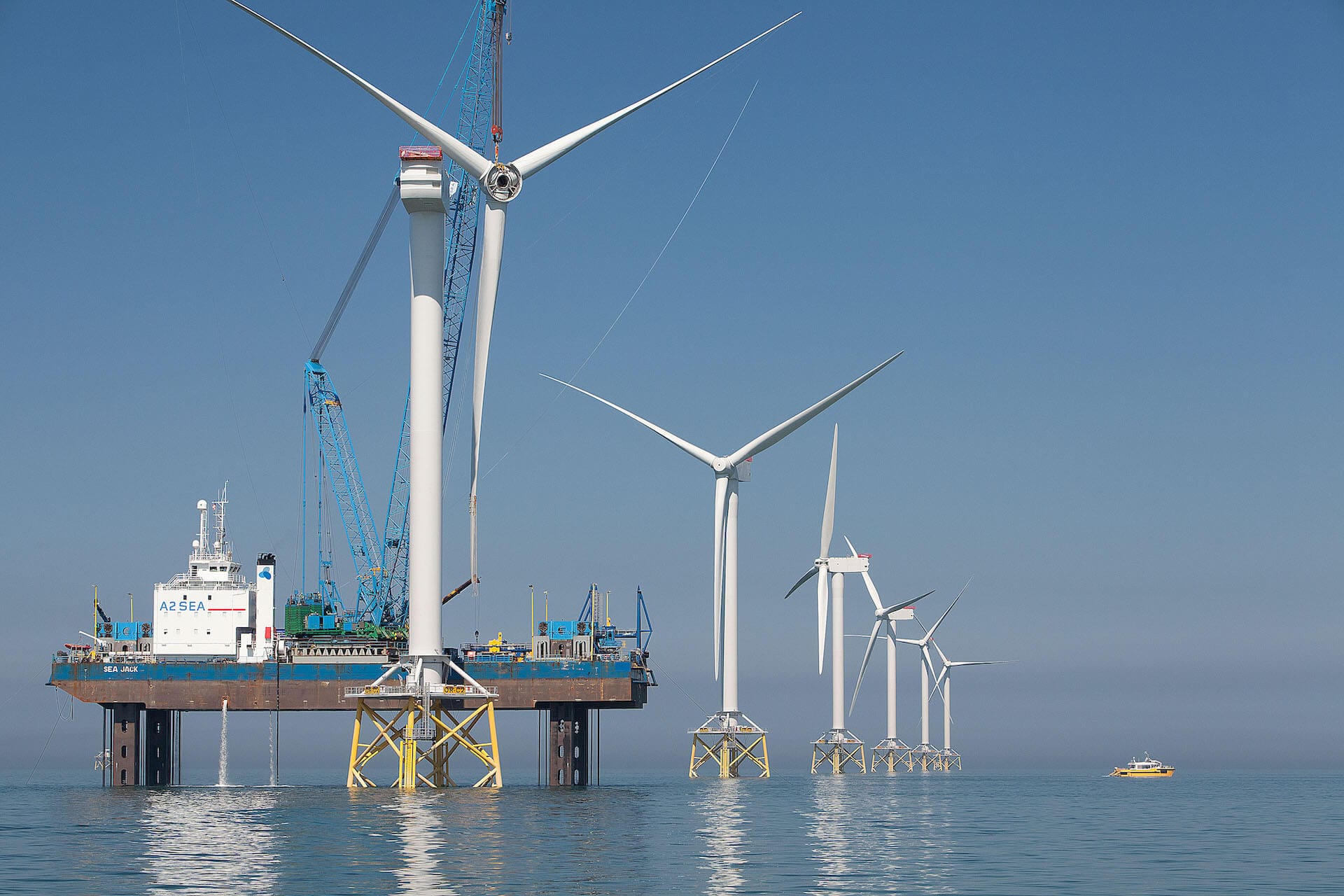Orsted, a leading player in the renewable energy sector, has recently disclosed a staggering $17 billion loss, primarily driven by the mounting costs of its offshore wind projects. This announcement has sent ripples through the energy market, prompting discussions about the sustainability and economic feasibility of offshore wind energy in the current climate.
The company, which has been at the forefront of the transition to renewable energy, has invested heavily in offshore wind farms across various regions, including Europe and North America. However, the financial strain resulting from rising costs has raised questions about the future of these ambitious projects. Orsted’s losses are attributed to several factors, including increased prices for raw materials, labor shortages, and supply chain disruptions that have plagued the industry in recent years.
As the demand for renewable energy sources continues to grow, the challenges faced by Orsted highlight the complexities of scaling up offshore wind energy. The company has been a pioneer in this field, with numerous projects aimed at harnessing wind power to generate electricity. However, the financial implications of these projects have become increasingly pronounced, leading to a reevaluation of their long-term viability.
The offshore wind sector has been touted as a crucial component in the fight against climate change, with many governments setting ambitious targets for renewable energy generation. However, the reality of executing these projects has proven to be more challenging than anticipated. Orsted’s significant financial loss serves as a stark reminder of the hurdles that lie ahead for the industry.
In response to the rising costs, Orsted has indicated that it will undertake a comprehensive review of its project portfolio. This review aims to identify areas where costs can be controlled and efficiencies can be improved. The company is also exploring potential partnerships and collaborations to mitigate financial risks associated with its offshore wind initiatives.
Industry experts have noted that while the transition to renewable energy is essential for achieving climate goals, the economic challenges faced by companies like Orsted could hinder progress. The rising costs of offshore wind projects may lead to increased electricity prices for consumers, potentially slowing the adoption of renewable energy solutions.
Furthermore, the financial strain on Orsted may impact its ability to invest in new projects and technologies. As the company navigates this difficult period, stakeholders will be closely monitoring its strategies and decisions regarding future investments in offshore wind energy.
The situation is further complicated by the global economic landscape, which has been characterized by inflationary pressures and supply chain disruptions. These factors have not only affected Orsted but have also impacted other players in the renewable energy sector. As companies grapple with rising costs, the industry as a whole may need to reassess its approach to project development and execution.
Despite the challenges, Orsted remains committed to its vision of a sustainable energy future. The company has emphasized the importance of offshore wind energy in achieving global climate targets and is determined to find solutions to the financial hurdles it currently faces. As the energy landscape continues to evolve, Orsted’s experience may serve as a valuable case study for other companies navigating similar challenges.
In conclusion, Orsted’s $17 billion loss due to mounting costs in offshore wind projects underscores the complexities of the renewable energy transition. While the company has been a leader in this field, the financial implications of rising costs pose significant challenges. As the industry seeks to balance economic viability with environmental responsibility, the future of offshore wind energy remains uncertain. Stakeholders will be watching closely as Orsted implements its strategies to address these challenges and continue its commitment to renewable energy.


